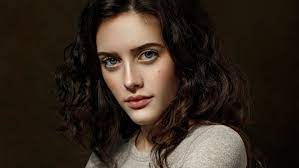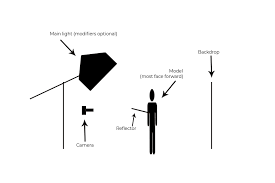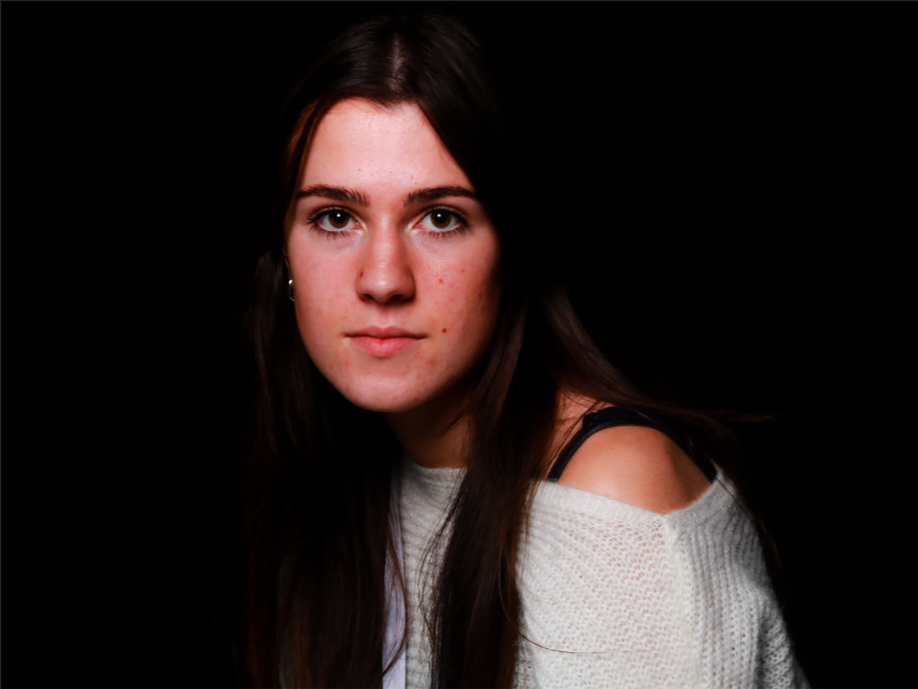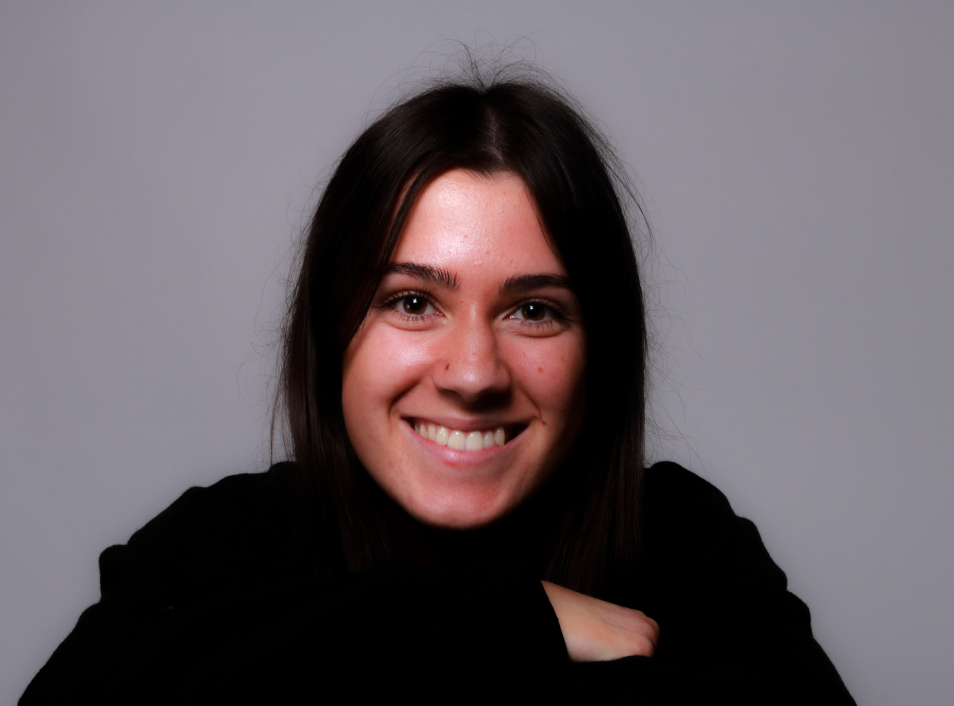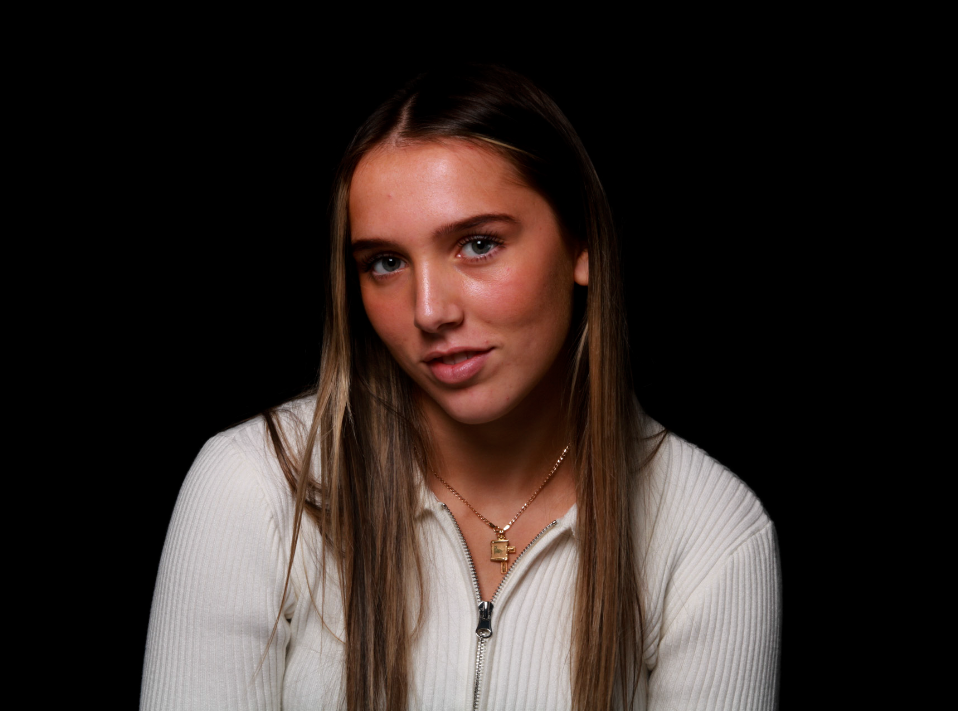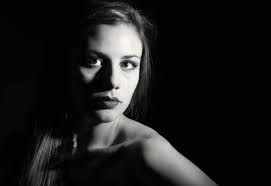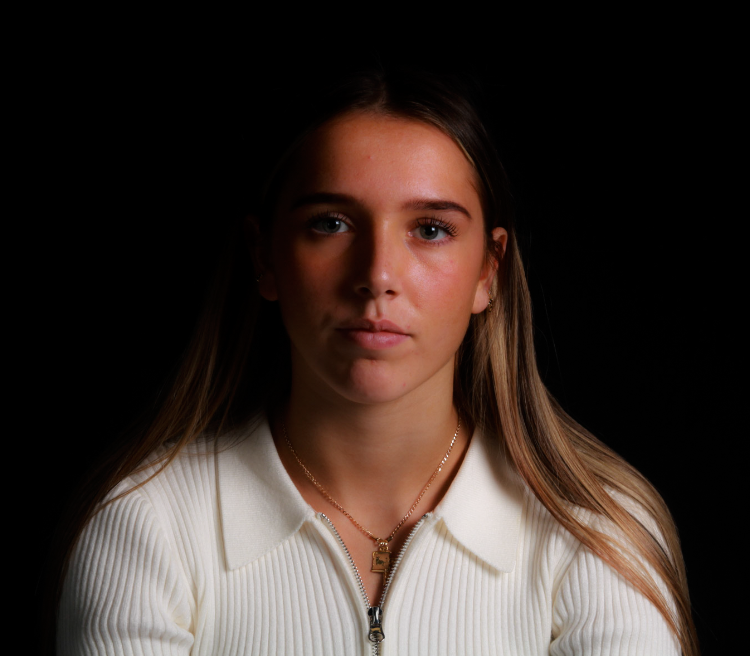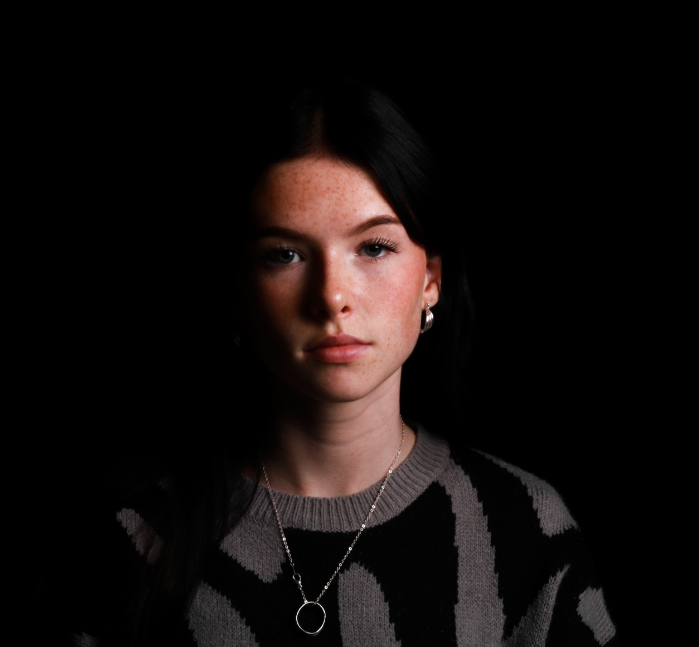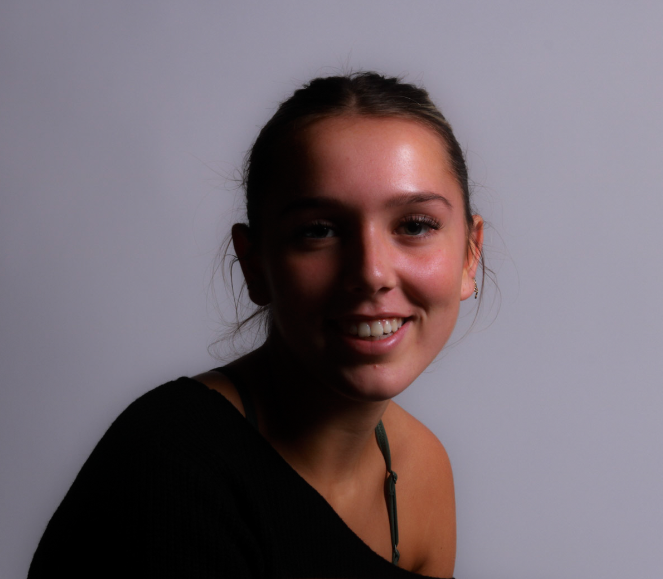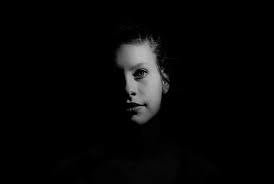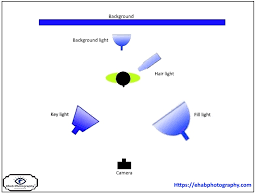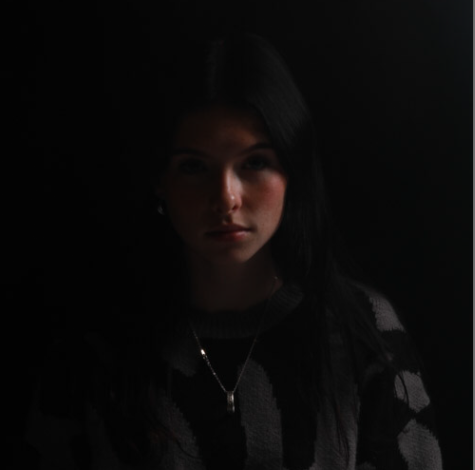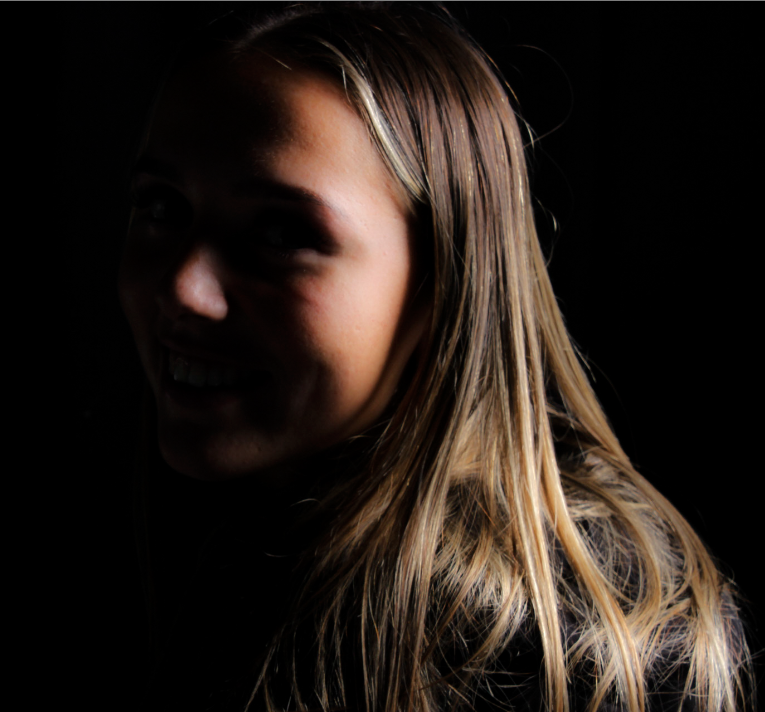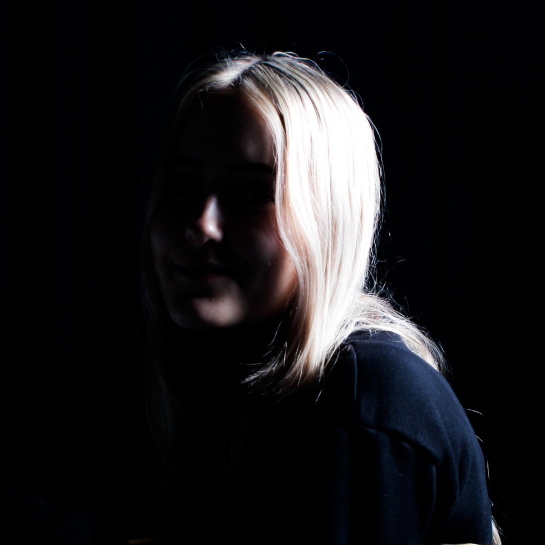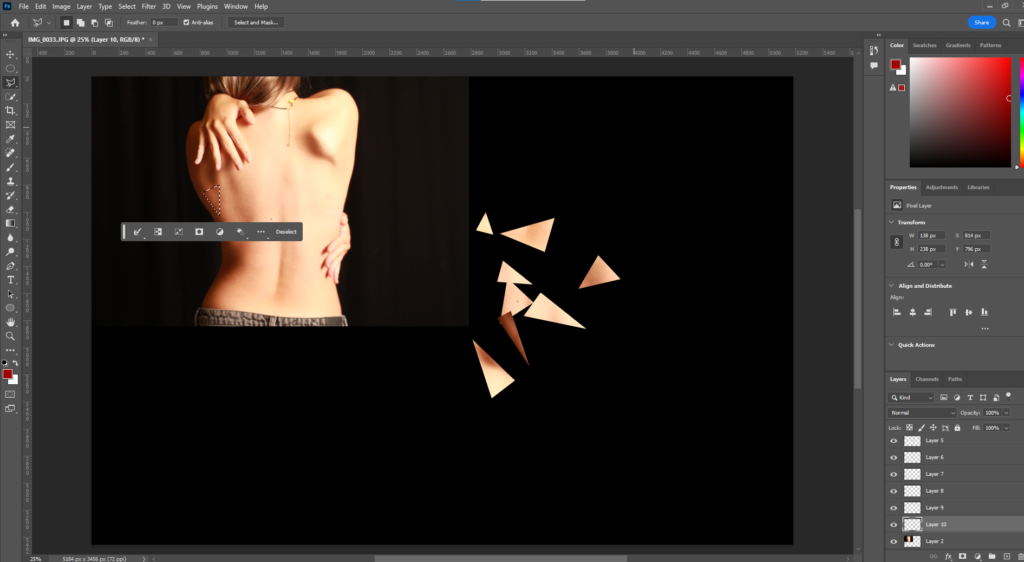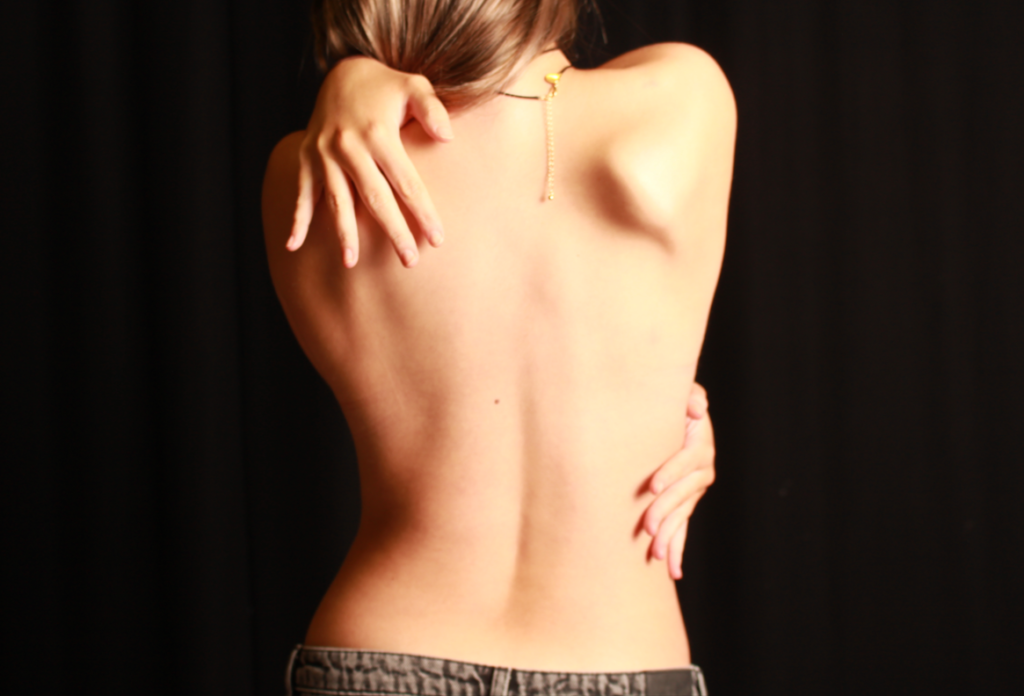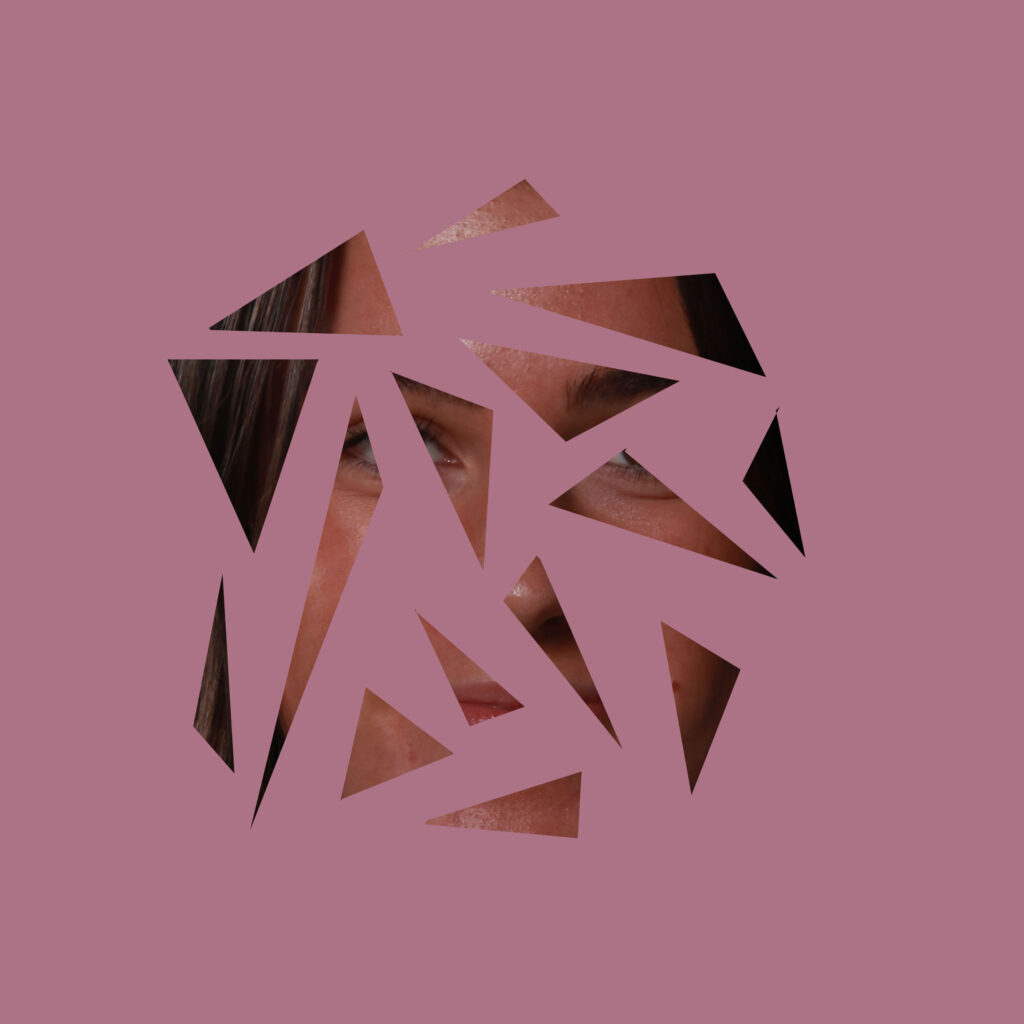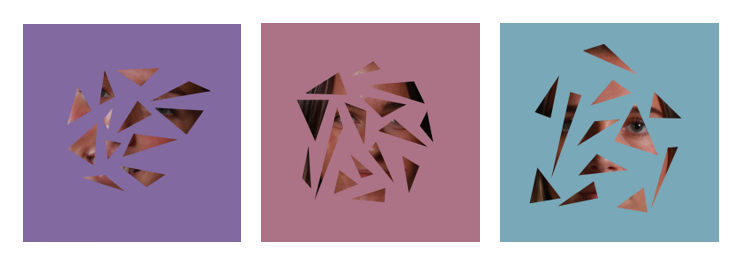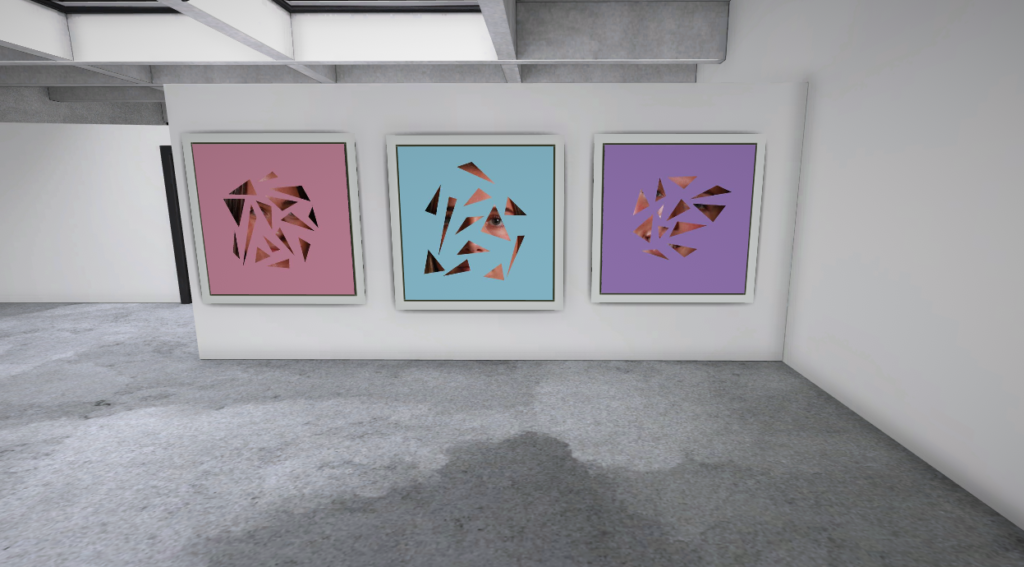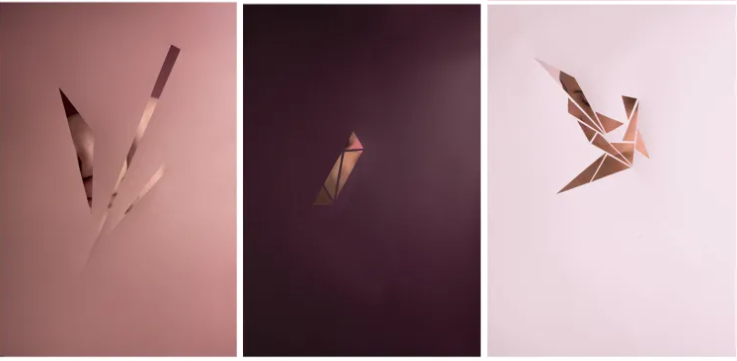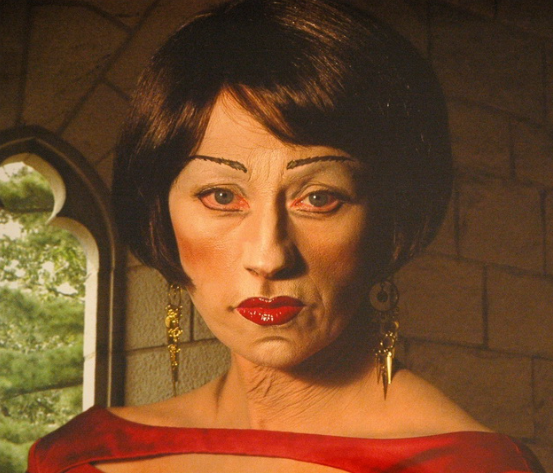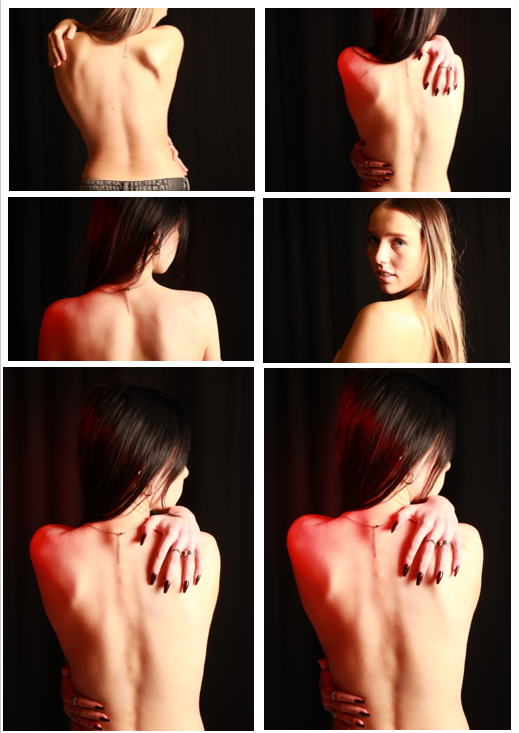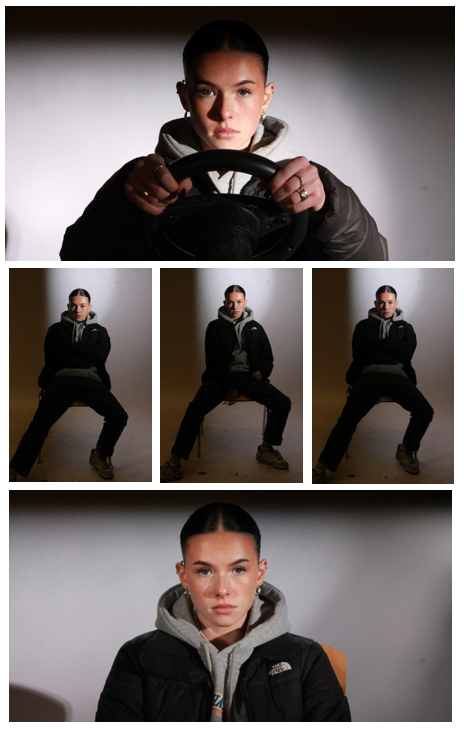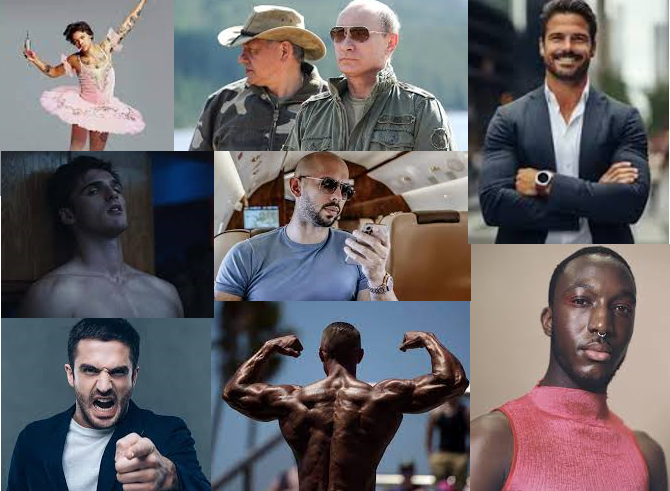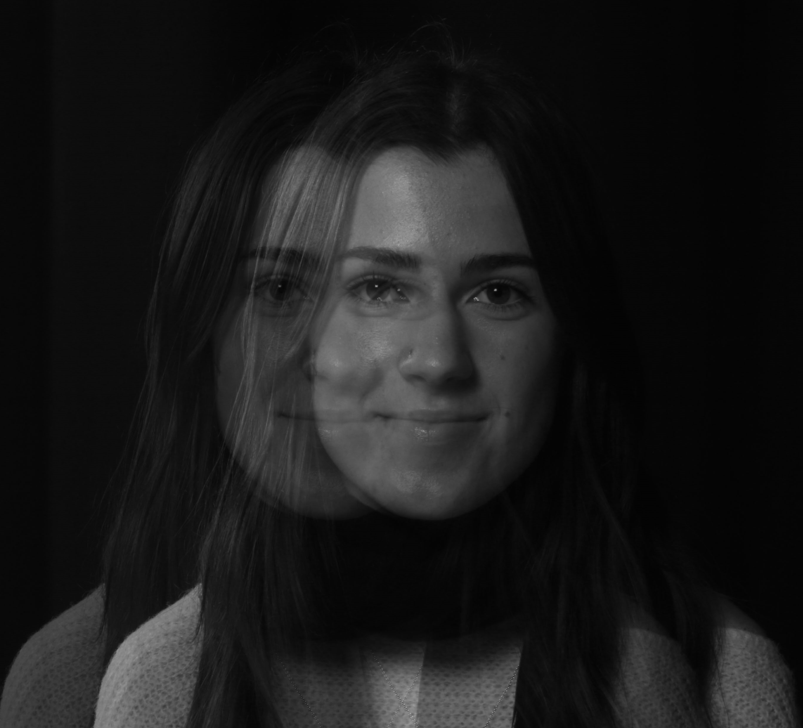What is Romanticism ?
Romanticism is a movement in art and literature that organised in the late 18th century emphasizing inspiration, subjectivity and the primacy of an individual.
Romanticism came about as a response to the disillusionment with the enlightenment values of reason and order in the aftermath of the French revolution. In romance art, nature has been a big part of the movement because of its uncontrollable power, unpredictability and the potential catastrophic extremes.
Romanticism is the attitude, ideals and feelings which are romantic rather than realistic. Romanticism is the celebration of an individual and the glorification of nature.

What is the Romantic Sublime ?
The sublime is both beautiful and terrifying in its power or potential darkness. Artists explored the sublime in depth through art using paintings and drawings of the imagination, however they could often turn into nightmares. Natural landscapes were mighty and nice to look at and people admired the aesthetics but they were always dangerous.
Humans respect nature and admire the natural land that has been made and we also feel connected to nature, which some people think it is through our historic past. But we also destroy nature for example by cutting down trees and polluting the air, we as humans, do not take enough care for the beautiful world we live in and we take it for advantage which therefore ruins what nature gives us. This could be an argument whether humans have enough respect for the nature that it deserves or whether we take it for granted.
Include Edmund Burke was known from the sublime “the strongest passion” he took an extreme liking to romance and belittled the idea of beautiful. Edmund Burke’s theory about romanticism was that he claimed it was merely an instance of prettiness.

John Constable
Who is John Constable ?
John Constable was a very famous English landscape photographer in the early 19th century. He was best known for his paintings of the English countryside, especially paintings of the River Stour which was an area that soon after became known as “Constable Country”.
John Constables art was known for having natural appearances


